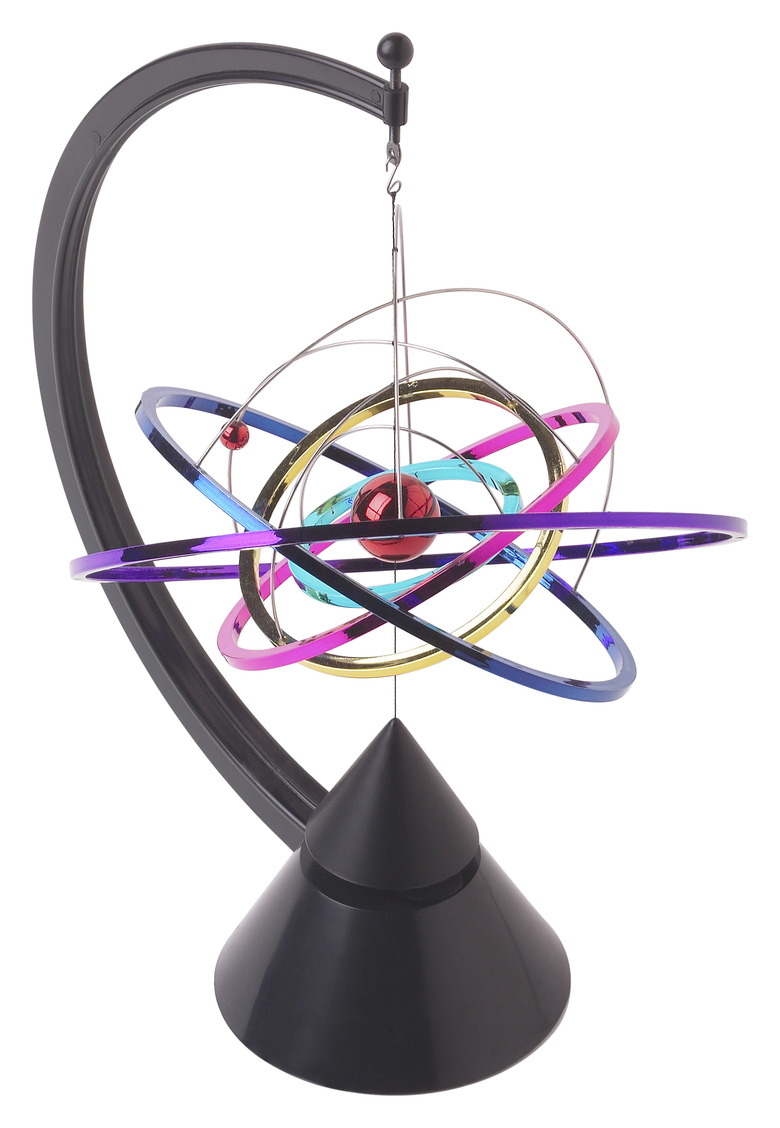Non Neutral Atoms Examples
Atoms are the building blocks of matter and account for all structure that can be seen in the observable universe. Atoms consist of a positively charged nucleus that is surrounded by a cloud of negatively charged electrons. In a neutral atom, the number of positively charged protons within the nucleus is equal to the number of negatively charged electrons. However, an atom can gain or lose an electron. Atoms that are not electrically neutral are called ions and examples of atoms frequently found in their ionic for include sodium, chlorine and magnesium.
Electron Shells
Electron Shells
Electrons surround atoms in discrete shells and each shell type can hold a fixed number of electrons. For example s-shells can hold 2 electrons, and p-shells can hold 6 electrons. Atoms are most energetically stable when the outer electron shell is full; therefore it is sometimes stabilizing for an electron to be lost producing a positive ion or for an electron to be gained producing a negative ion.
Sodium
Sodium
Neutral sodium atoms consist of 11 protons and 11 electrons. Sodium has the electron configuration:
1s2 2s2 2p6 3s1
This means that the 1s electron shell is occupied by 2 electrons and is therefore full. The 2s and 2p shells are also full but the 3s shell is occupied by only 1 electron. The loss of an electron in the 3s shell, leads to a more stable electronic configuration since the lower 2p shell is full. When a sodium atom loses it's outer 3s electron, it becomes positively charged. The symbol for a positively charged sodium ion is Na+.
Chlorine
Chlorine
Chlorine atoms consist of 17 protons and 17 electrons. The electron configuration of chlorine is:
1s2 2s2 2p6 3s2 3p5
Since a p-shell can hold six electrons, chlorine is very close to a stable electron configuration. Chlorine's 3p shell can gain the required electron at the expense of the atom becoming negatively charged. The symbol for a chlorine ion is Cl-.
Magnesium
Magnesium
Magnesium atoms consist of 12 protons and 12 electrons. The electron configuration of magnesium is:
1s2 2s2 2p6 3s2
Magnesium can lose one or two electrons in its 3s shell, yielding an ion with a charge of +1 or +2. The symbol for magnesium ions are Mg+ and Mg2+, depending upon the total charge.
Cite This Article
MLA
Markings, Samuel. "Non Neutral Atoms Examples" sciencing.com, https://www.sciencing.com/non-neutral-atoms-examples-12957/. 24 April 2017.
APA
Markings, Samuel. (2017, April 24). Non Neutral Atoms Examples. sciencing.com. Retrieved from https://www.sciencing.com/non-neutral-atoms-examples-12957/
Chicago
Markings, Samuel. Non Neutral Atoms Examples last modified March 24, 2022. https://www.sciencing.com/non-neutral-atoms-examples-12957/
